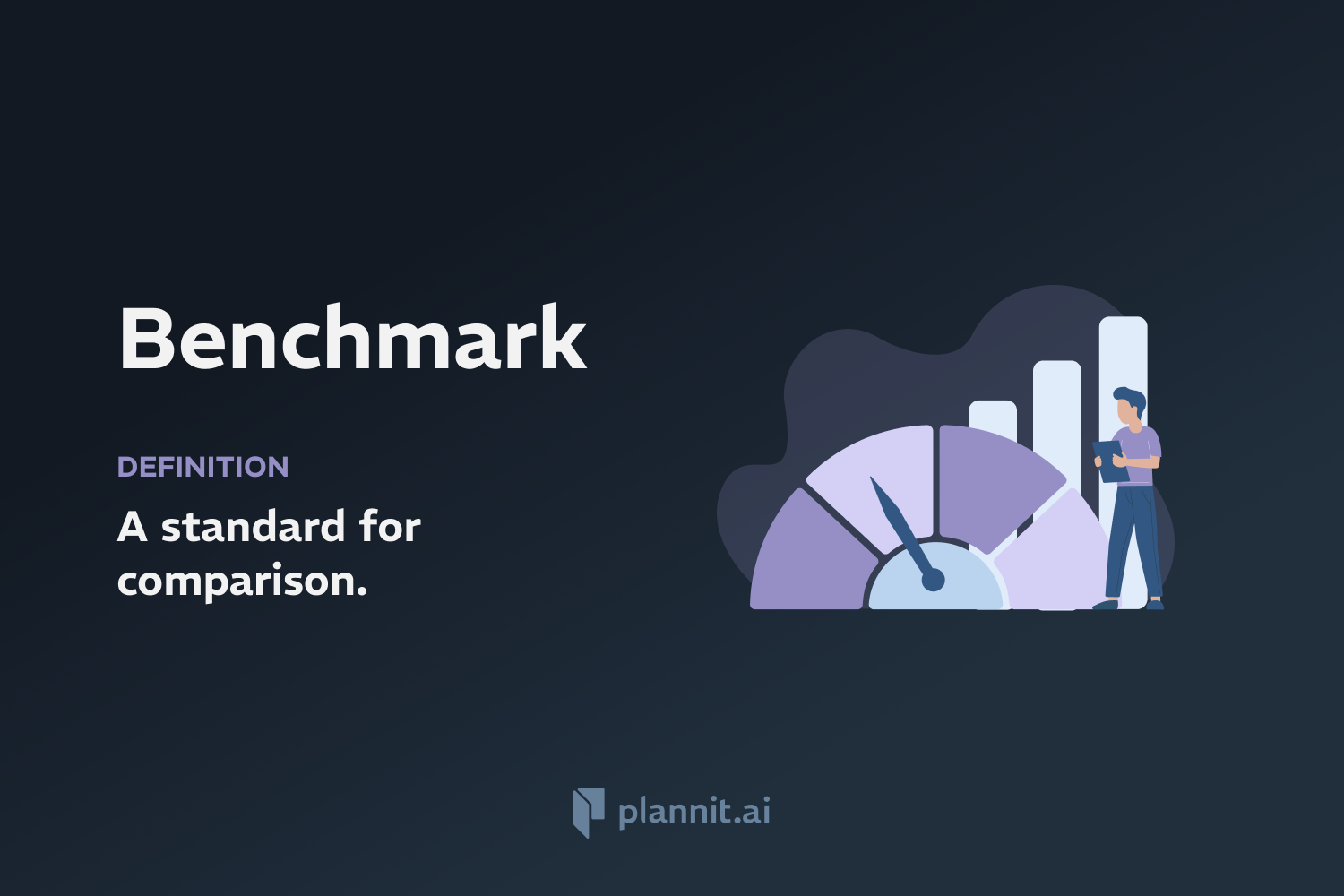Need Help With Your Business Plan?
Answer tailored questions and get a detailed business plan in minutes.
Working Capital: Definition & In-Depth Explanation
Definition:
Working Capital refers to the difference between a company's current assets and current liabilities. It is a financial metric that indicates whether a company has sufficient short-term assets to cover its short-term liabilities.
Context of Use:
Working capital is a critical measure in finance and accounting that helps assess a company's operational efficiency and short-term financial health. It is essential for managing the day-to-day operations of a business, ensuring that the company can meet its debt obligations and operational needs.
Purpose:
The primary purpose of working capital is to finance the short-term operational needs of a company, such as paying for inventory, covering payroll, and managing other immediate expenses. Adequate working capital is crucial for maintaining smooth operations and preventing financial difficulties.
Example:
Retail Business: Needs sufficient working capital to purchase inventory before peak shopping seasons and to pay for other operating expenses like rent and utilities.
Manufacturing Firm: Requires working capital to buy raw materials, fund production costs, and pay employees, especially during periods between manufacturing and revenue realization.
Related Terms:
Current Assets: Assets that are expected to be converted into cash, sold, or consumed within a year or within the normal operating cycle of the business.
Current Liabilities: A company's debts or obligations that are due within one year or within the normal operating cycle.
Liquidity: The ability of a company to meet its short-term financial obligations when they come due.
FAQs:
1. How is working capital calculated?
A: Working capital is calculated by subtracting current liabilities from current assets.
2. Why is working capital important?
A: It is important because it provides insight into a company’s operational efficiency, financial stability, and short-term financial health.
3. What is considered a healthy working capital ratio?
A: A working capital ratio (current assets divided by current liabilities) between 1.2 and 2.0 is typically considered healthy, indicating that the company has enough assets to cover its liabilities.
4. Can a company have too much working capital?
A: Yes, excessively high working capital might indicate that the company is not effectively using its assets to grow and expand. It could be investing in more productive assets.
5. What happens if a company has negative working capital?
A: Negative working capital occurs when current liabilities exceed current assets. It can be a sign of financial trouble, indicating potential liquidity issues and difficulties in maintaining operations or meeting debt obligations.
Get funding with a business plan that will impress investors.
Starting a New Business?



